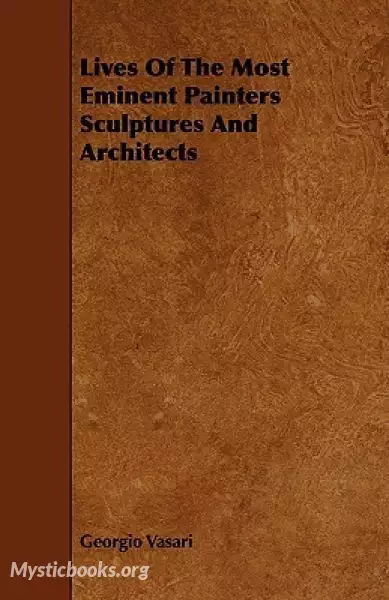
Lives of the Most Eminent Painters, Sculptors and Architects Vol 8
'Lives of the Most Eminent Painters, Sculptors and Architects Vol 8' Summary
The writer Paolo Giovio expressed his desire to compose a treatise on contemporary artists at a party in the house of Cardinal Farnese, who asked Vasari to provide Giovio with as much relevant information as possible. Giovio instead yielded the project to Vasari.
As the first Italian art historian, Vasari initiated the genre of an encyclopedia of artistic biographies that continues today. Vasari's work was first published in 1550 by Lorenzo Torrentino in Florence, and dedicated to Cosimo I de' Medici, Grand Duke of Tuscany. It included a valuable treatise on the technical methods employed in the arts. It was partly rewritten and enlarged in 1568 and provided with woodcut portraits of artists (some conjectural).
The work has a consistent and notorious favour of Florentines and tends to attribute to them all the new developments in Renaissance art – for example, the invention of engraving. Venetian art in particular, let alone other parts of Europe, is systematically ignored. Between his first and second editions, Vasari visited Venice and the second edition gave more attention to Venetian art (finally including Titian) without achieving a neutral point of view. John Symonds claimed in 1899 that, "It is clear that Vasari often wrote with carelessness, confusing dates and places, and taking no pains to verify the truth of his assertions" (in regards to Vasari's life of Nicola Pisano), while acknowledging that, despite these shortcomings, it is one of the basic sources for information on the Renaissance in Italy.
Vasari's biographies are interspersed with amusing gossip. Many of his anecdotes have the ring of truth, although likely inventions. Others are generic fictions, such as the tale of young Giotto painting a fly on the surface of a painting by Cimabue that the older master repeatedly tried to brush away, a genre tale that echoes anecdotes told of the Greek painter Apelles. He did not research archives for exact dates, as modern art historians do, and naturally his biographies are most dependable for the painters of his own generation and the immediately preceding one. Modern criticism—with all the new materials opened up by research—has corrected many of his traditional dates and attributions. The work is widely considered a classic even today, though it is widely agreed that it must be supplemented by modern scientific research.
Vasari includes a forty-two-page sketch of his own biography at the end of his Vite, and adds further details about himself and his family in his lives of Lazzaro Vasari and Francesco de' Rossi.
Book Details
Language
EnglishOriginal Language
ItalianPublished In
1550Genre/Category
Tags/Keywords
Authors
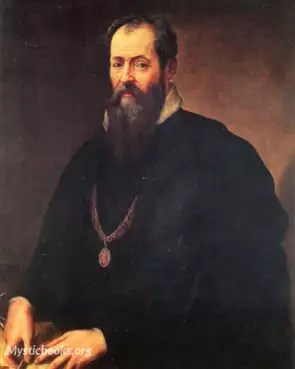
Giorgio Vasari
Italy
Giorgio Vasari was an Italian Renaissance Master, who worked as a painter, architect, engineer, writer, and historian, who is best known for his work The Lives of the Most Excellent Painters, Sculptor...
Books by Giorgio VasariDownload eBooks
Listen/Download Audiobook
- Select Speed
Related books
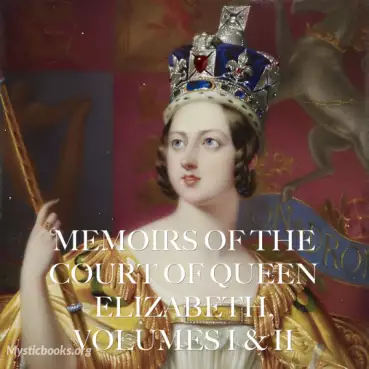
Memoirs of the Court of Queen Elizabeth, Volumes I & II by Lucy Aikin
Memoirs of Queen Elizabeth from a variety of sources within the monarch's court, compiled and interpreted by Lucy Aikin.
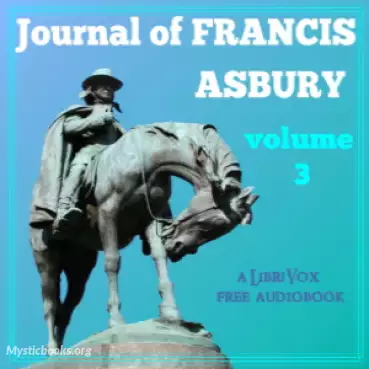
Journal of Francis Asbury, Volume III by Francis Asbury
As one of the first two bishops of the Methodist church in America and one of the most well-known circuit riders during the spread of Methodism, Franc...

Passages from the Life of a Philosopher by Charles Babbage
This is an autobiography of Charles Babbage, who invented the mechanical computer in the early 1800s. He writes amusing anecdotes from his life, He sh...

Charles the Bold, Last Duke of Burgundy by Ruth Putnam
Charles the Bold was the last Duke of Burgundy of the House of Valois. Born in 1433, his dream was to be crowned king by declaring the territory of Bu...
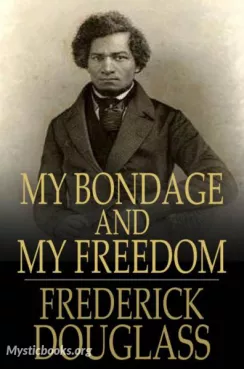
My Bondage and My Freedom by Frederick Douglass
Unflinchingly unveils the riveting account of his life as a former slave turned abolitionist leader. With a captivating voice that resonates with unwa...
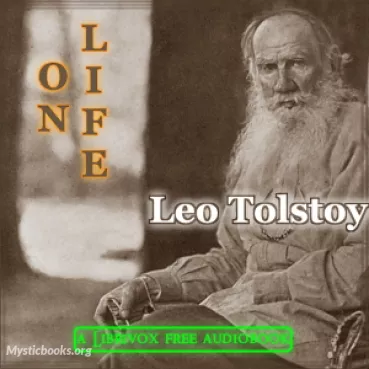
On Life by Leo Tolstoy
In Leo Tolstoy's remarkable collection of essays, On Life, readers are invited to embark on a philosophical journey that delves into the fundamental q...

Confessions, Volume 5 by Jean-Jacques Rousseau
The Confessions is an autobiographical book by Jean-Jacques Rousseau. In modern times, it is often published with the title The Confessions of Jean-Ja...

Libro de la Vida by Saint Teresa of Avila
El Libro de la Vida es una autobiografía espiritual escrita por Santa Teresa de Ávila. Narra su viaje espiritual, desde su infancia hasta la fundación...

The Moors in Spain by Stanley Lane-Poole
The Moors in Spain: A fascinating and sweeping tale of the Muslim conquest of Spain and its legacy. The Moors in Spain is a classic history book by S...

Life of Thomas, Lord Cochrane, Tenth Earl of Dundonald, Vol 2 by Henry Richard Fox Bourne
This volume, the second part of Lord Cochrane's autobiography, details his later life after the Napoleonic Wars. It chronicles his involvement in the...
Reviews for Lives of the Most Eminent Painters, Sculptors and Architects Vol 8
No reviews posted or approved, yet...